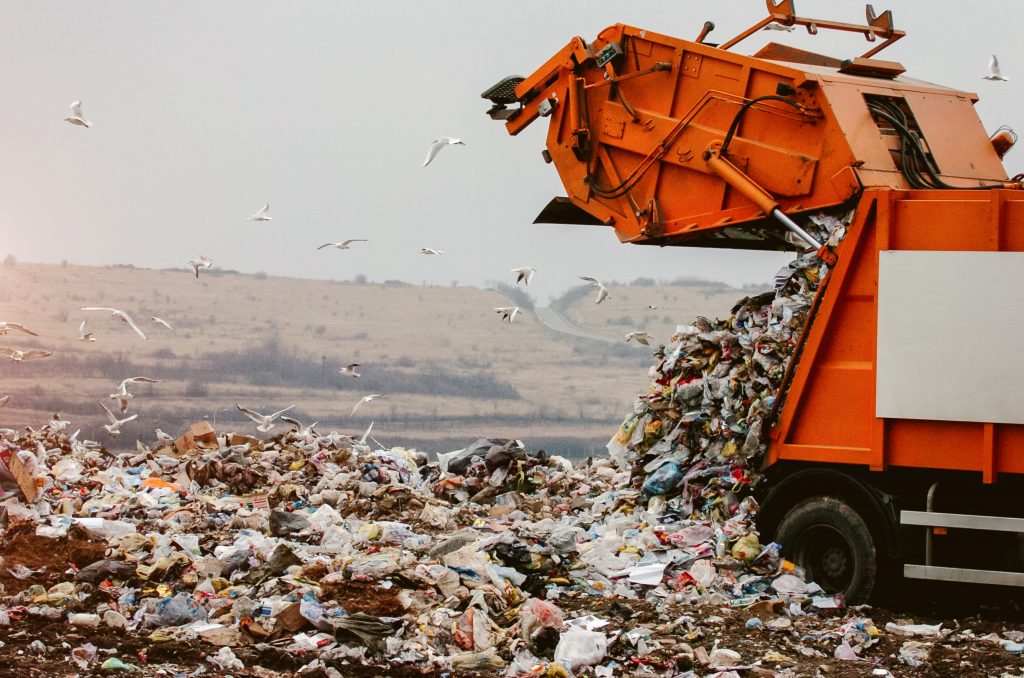Do You Know How Landfills Work?
By Adrian Mcdermott
Landfills are more than just dumping grounds. A fair bit of thought and effort goes into the designing of a landfill. The process begins with the selection of an appropriate site for the landfill. You cannot have a site where the water table is high, because this increases the risk of the groundwater getting contaminated.
In fact, one of the primary reasons that landfills exist is because they prevent the contamination of groundwater, and also that of surrounding areas.
Landfills do not carry out the function of degrading trash. They serve to merely bury the trash – out of sight is out of mind, theoretically, at least. Landfills need careful monitoring when active, and for decades after they have been shut down. It is this careful regulation that differentiates a landfill from a dump. Dumps are simply open holes where all kinds of refuse finds its way. Dumps are detrimental to the environment because they are not regulated in any manner. Landfills use liners and soil to isolate the trash from the groundwater, rain, and air.
A well-designed and secured landfill will have the following components –
Bottom Liner – This is crucial because it prevents contamination of the soil and groundwater by preventing the contact between the trash and soil. The bottom liners are invariably constructed using rugged HDPE plastic that will resist punctures and chemical degradation. The plastic can be up to 100 mils thick. This liner may be further reinforced with inert, compact clay.
Cells – Landfills consist of cells that may range in size from a couple of acres to more than 20 acres. These cells hold the waste that comes through each day. The waste is arranged in layers or is compacted and shredded by machinery before being buried.
Liquid collection – Wastewater that leaches through the waste materials is collected by means of a leachate collection system that consists of a sloped area, known as the sump. There are perforated pipes, gravel, and sand that filter the liquid through to the holding area from where it is pumped to a water treatment facility.
Storm water drainage – Ditches are constructed to allow the flow of storm-water to holding areas where the water is allowed to rest to let the particulate matter to settle before it is discharged.
Methane collection — Microorganisms break down the solid waste into constituent particles and in the process, methane gas is released. This gas needs to be vented securely for transport for use, or it can be burned in a controlled manner.
Cover – Waste disposed in cells must be covered each day by a layer of soil that must be at least six inches thick. Flame-retardant fibers are an alternative to soil. Covering protects the waste from scavenging animals and birds and prevents contact with air. A section of landfill, when filled to capacity, is covered by a layer of polyethyelene, compacted soil, and a layer of topsoil.
Landfills are divided into three main categories –
Municipal solid waste landfill – These are state-regulated disposal zones for non-hazardous solid waste generated from apartments, hotels, single-family homes, and industries. MSW landfills are expected to comply with federal subtitle D regulations to ensure eco-friendly disposals.
Construction and demolition landfill – These landfills contain debris generated during the construction, demolition, and renovation processes. Materials that find their way to such landfills include concrete, bricks, asphalt, wood, metal, gypsum boards, plaster of Paris, dirt, rocks, aggregate, and such materials. These landfills are classed as non-hazardous by the state and federal governments.
Inert landfills – These contain debris similar to that held by C&D landfills. The materials are inert – earth, rock, cured asphalt, bricks, yard trimmings, and land clearing debris.
Landfills provide municipalities with the opportunity to generate power from the gases produced. Landfills that take advantage of this opportunity act in a mature and eco-friendly manner.
The EPA has recommended that landfill gases be used in order to minimize our dependence on fossil fuels. Matured landfills carrying municipal solid waste are better placed to generate power from gases because methane is produced at an accelerated rate.
Landfill gas can be converted to energy. Electricity can be generated from landfill gases by setting up a power plant in the vicinity to supply local industry with power. The gas can be transported to industries where it can be burnt to produce power.

